Prosthetic Footwear Q&A
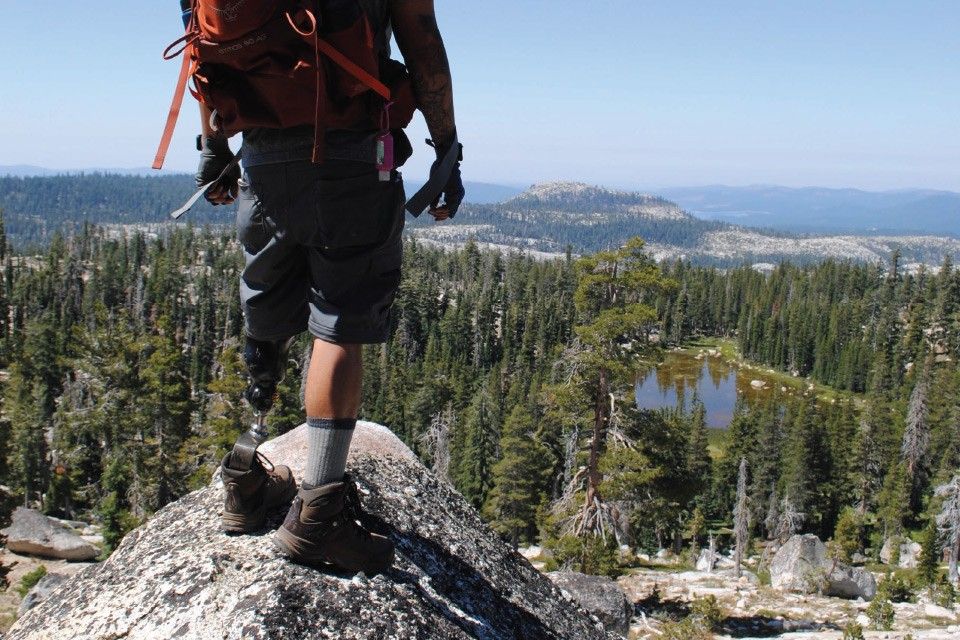
Silicone skin-covered feet, microprocessor-controlled (MPC) feet, curved blade-like feet designed for running. The latest in prosthetic technology gives amputees more options than ever before.
But, whether it’s Mount Everest you want to climb, or simply a flight of stairs with more stability, it’s about the right foot for you. Foot choices come with considerations, including your age, weight and amputation level. So, we looked to OrtoPed ULC and Fillauer Orthotics and Prosthetics for their answers to prosthetic foot user questions.
1. Prosthetic feet are classified into categories according to function. Could you explain them?
OrtoPed ULC. Basically, prosthetic feet are classified by activity level, and put in the following categories: low, moderate or high. Low-level activities are done at a mild single speed, such as doing things in the home or walking in the community. Moderate activities are classified as daily activities performed at different speeds, such as walking outdoors on different terrains or mall walking. High-level activities include fast walking at various speeds, jogging, amateur sports, hiking or some manual labour. Then we have extreme activities, which include a high level of activity such as competitive sports.
2. Amputees have a wide range of feet to choose from, but one style doesn’t fit all. What should be considered when choosing the right foot or feet?
Fillauer Orthotics and Prosthetics. We look at the end-user’s current and future plans, both their vocational and lifestyle goals. If the person is currently wearing a device, we ask them what they like and dislike about their prosthetic foot. Do they feel limited by it, and if so, how or when? Are certain environments difficult to ambulate in (e.g. stairs, going uphill or downhill, side slopes, uneven terrain). We also ask about their range of motion. Whether they have contractures. By getting answers to these questions, we try to select a prosthetic foot that can “check the boxes” of the characteristics we’re looking for. We may also give end-users a choice of a few different feet to get their input on what they like and dislike about specific models.
Appearance comes into consideration as well. Some users are willing to give up function for appearance while others would gladly give up appearance for better function.
3. What are common concerns when it comes to prosthetic feet?
OrtoPed ULC. The durability of a foot, and how it can stand up to wear and tear is a big concern.
Fillauer Orthotics and Prosthetics. The concerns we hear most from end-users are usually about weight, appearance and function.
4. What is the biggest misconception clients have about prosthetic feet?
Fillauer Orthotics and Prosthetics. Many end-users feel that “the prosthetic foot will walk for me – if I just had a better foot I would walk better.” While this can be true for some who are being limited by the function of the prosthetic foot, we try to remind amputees that the prosthesis doesn’t control them – they control the prosthesis. For the majority of end-users, functional limitations are more intrinsic to the wearers themselves and their abilities rather than the type of prosthetic foot they are wearing.
5. What is the difference between a nonarticulated and an articulated prosthetic foot?
Fillauer Orthotics and Prosthetics. Articulated prosthetic feet have a physical joint or axis in them around which movement can take place. This motion mimics the motion of the anatomical ankle joint. Motion around this joint is usually controlled by hydraulics or bumpers that can alter the motion around joints by increasing or decreasing resistance in certain directions. Non-articulated feet on the other hand, rely on material deflection of the foot to replicate the motion of the anatomical ankle joint.
6. How do foot choices affect the security and health of the residual limb?
Fillauer Orthotics and Prosthetics. One of the primary characteristics we look for in selecting a foot is the amount of energy absorption and return that it provides. Prosthetic feet differ in this regard. Feet that provide a great amount of energy absorption can reduce the amount of forces that are applied to the residual limb, resulting in improved limb health, longer wear time and overall improved comfort. On the other hand, feet that don’t absorb as much energy can put pressure on the user’s limb, causing discomfort, reduced wear time, and overall fit issues in the prosthetic socket.
Another consideration is the user’s ability to control energy return from the prosthetic foot. If someone doesn’t have the strength or coordination in the remaining joints and muscles to control the motion of their foot, there can be a negative effect on the residual limb.
7. Which types of prosthetic feet require the most maintenance?
Fillauer Orthotics and Prosthetics. Feet with more technology (e.g. MPC or powered ankle systems) and those with more moving parts (e.g. articulated feet) tend to require more maintenance.
8. We’re hearing a lot about the new microprocessor-controlled (MPC) feet with computer- controlled sensors that process information both from the individual’s limbs and surrounding environment. Can you discuss the pros and cons?
OrtoPed ULC. With the MPC feet you’re getting a greater level of function as they change speed automatically and quickly, adjusting to different terrains quickly and easily. The sensors can also be programmed specifically for the individual end-user. On the downside, they tend to weigh more than traditional prosthetic feet and come with a higher price tag.
1. Prosthetic feet are classified into categories according to function. Could you explain them?
OrtoPed ULC. Basically, prosthetic feet are classified by activity level, and put in the following categories: low, moderate or high. Low-level activities are done at a mild single speed, such as doing things in the home or walking in the community. Moderate activities are classified as daily activities performed at different speeds, such as walking outdoors on different terrains or mall walking. High-level activities include fast walking at various speeds, jogging, amateur sports, hiking or some manual labour. Then we have extreme activities, which include a high level of activity such as competitive sports.
2. Amputees have a wide range of feet to choose from, but one style doesn’t fit all. What should be considered when choosing the right foot or feet?
Fillauer Orthotics and Prosthetics. We look at the end-user’s current and future plans, both their vocational and lifestyle goals. If the person is currently wearing a device, we ask them what they like and dislike about their prosthetic foot. Do they feel limited by it, and if so, how or when? Are certain environments difficult to ambulate in (e.g. stairs, going uphill or downhill, side slopes, uneven terrain). We also ask about their range of motion. Whether they have contractures. By getting answers to these questions, we try to select a prosthetic foot that can “check the boxes” of the characteristics we’re looking for. We may also give end-users a choice of a few different feet to get their input on what they like and dislike about specific models.
Appearance comes into consideration as well. Some users are willing to give up function for appearance while others would gladly give up appearance for better function.
3. What are common concerns when it comes to prosthetic feet?
OrtoPed ULC. The durability of a foot, and how it can stand up to wear and tear is a big concern.
Fillauer Orthotics and Prosthetics. The concerns we hear most from end-users are usually about weight, appearance and function.
4. What is the biggest misconception clients have about prosthetic feet?
Fillauer Orthotics and Prosthetics. Many end-users feel that “the prosthetic foot will walk for me – if I just had a better foot I would walk better.” While this can be true for some who are being limited by the function of the prosthetic foot, we try to remind amputees that the prosthesis doesn’t control them – they control the prosthesis. For the majority of end-users, functional limitations are more intrinsic to the wearers themselves and their abilities rather than the type of prosthetic foot they are wearing.
5. What is the difference between a nonarticulated and an articulated prosthetic foot?
Fillauer Orthotics and Prosthetics. Articulated prosthetic feet have a physical joint or axis in them around which movement can take place. This motion mimics the motion of the anatomical ankle joint. Motion around this joint is usually controlled by hydraulics or bumpers that can alter the motion around joints by increasing or decreasing resistance in certain directions. Non-articulated feet on the other hand, rely on material deflection of the foot to replicate the motion of the anatomical ankle joint.
6. How do foot choices affect the security and health of the residual limb?
Fillauer Orthotics and Prosthetics. One of the primary characteristics we look for in selecting a foot is the amount of energy absorption and return that it provides. Prosthetic feet differ in this regard. Feet that provide a great amount of energy absorption can reduce the amount of forces that are applied to the residual limb, resulting in improved limb health, longer wear time and overall improved comfort. On the other hand, feet that don’t absorb as much energy can put pressure on the user’s limb, causing discomfort, reduced wear time, and overall fit issues in the prosthetic socket.
Another consideration is the user’s ability to control energy return from the prosthetic foot. If someone doesn’t have the strength or coordination in the remaining joints and muscles to control the motion of their foot, there can be a negative effect on the residual limb.
7. Which types of prosthetic feet require the most maintenance?
Fillauer Orthotics and Prosthetics. Feet with more technology (e.g. MPC or powered ankle systems) and those with more moving parts (e.g. articulated feet) tend to require more maintenance.
8. We’re hearing a lot about the new microprocessor-controlled (MPC) feet with computer- controlled sensors that process information both from the individual’s limbs and surrounding environment. Can you discuss the pros and cons?
OrtoPed ULC. With the MPC feet you’re getting a greater level of function as they change speed automatically and quickly, adjusting to different terrains quickly and easily. The sensors can also be programmed specifically for the individual end-user. On the downside, they tend to weigh more than traditional prosthetic feet and come with a higher price tag.

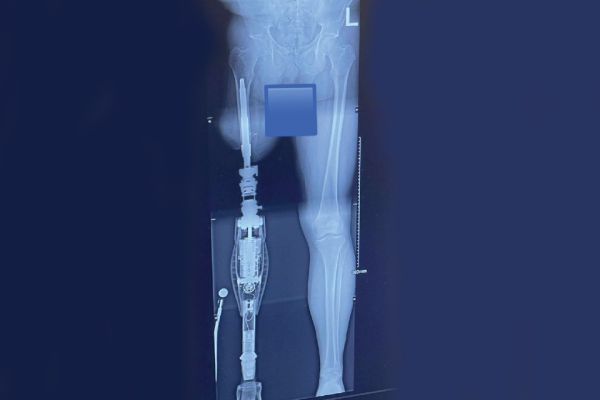
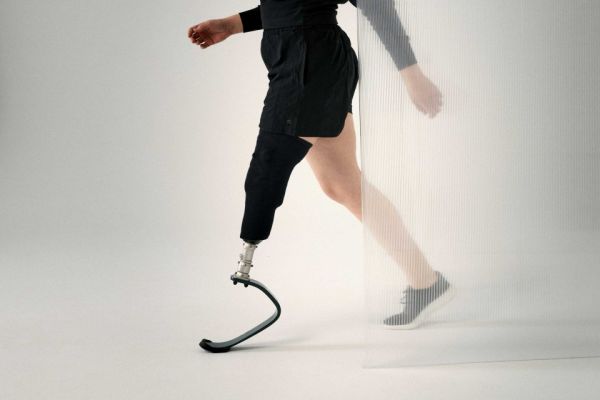
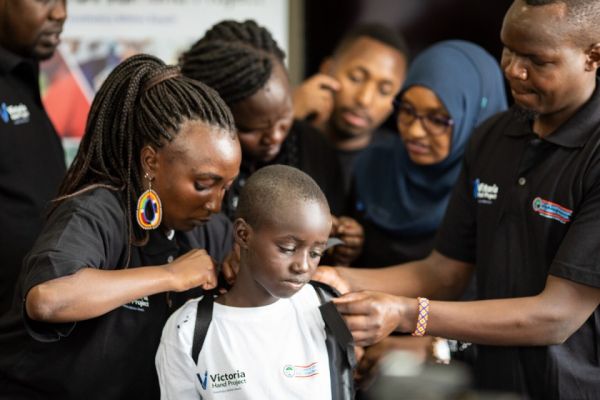
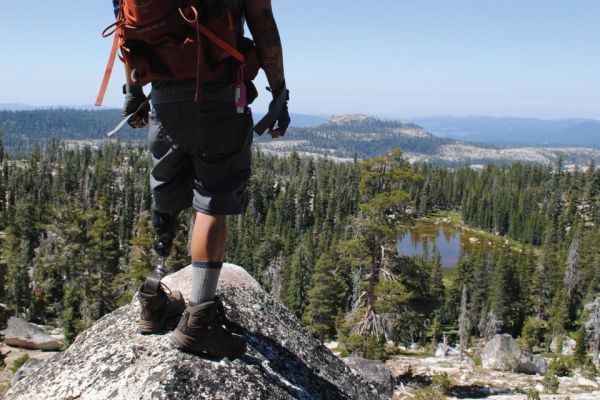
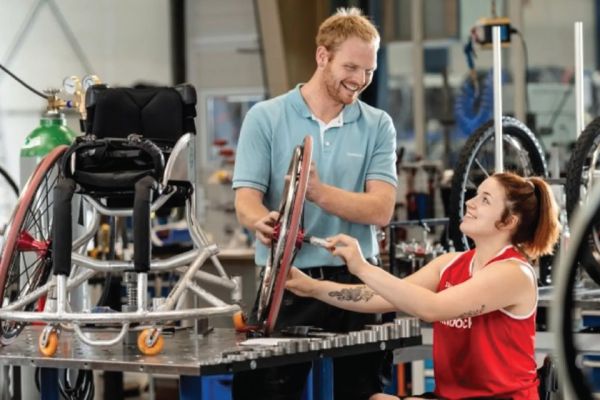
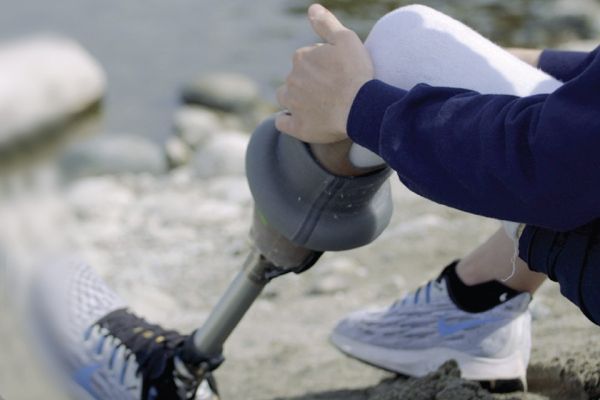

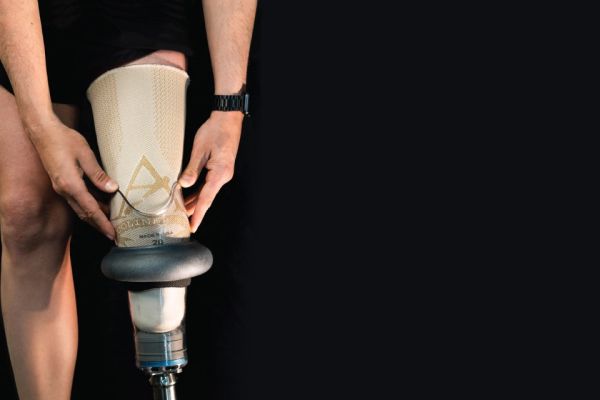
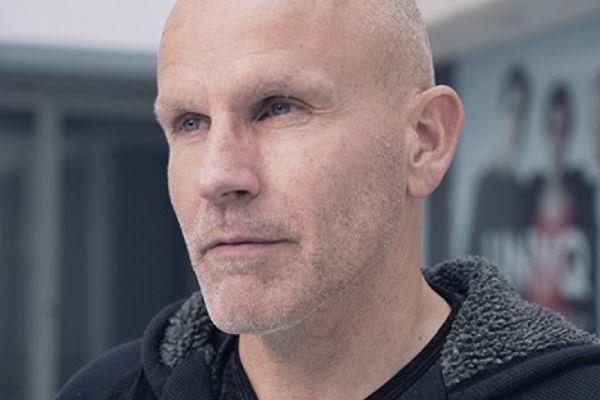
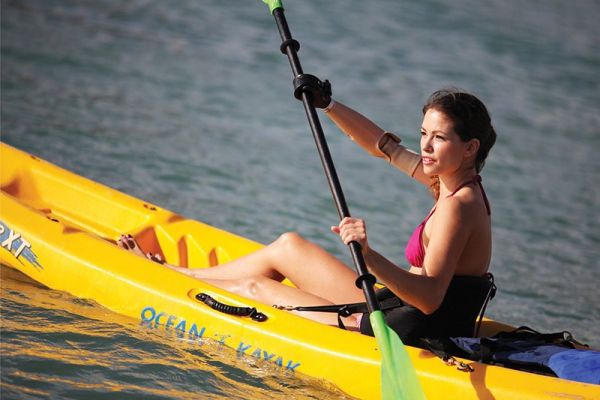
 How to resolve AdBlock issue?
How to resolve AdBlock issue?